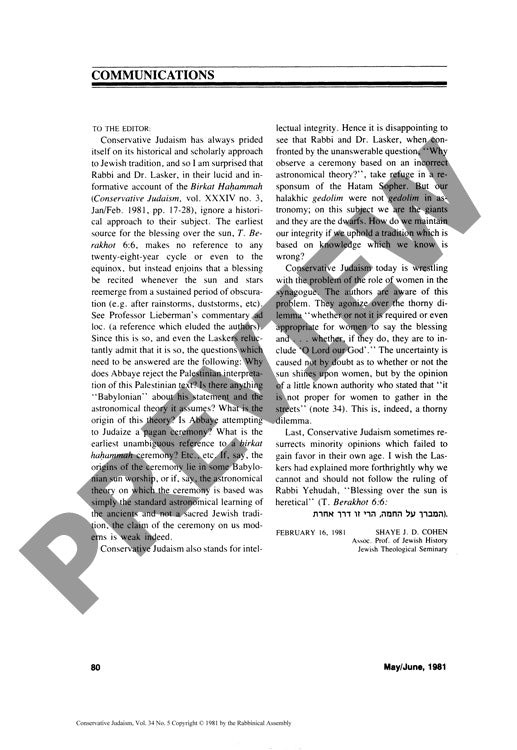Communications
Couldn't load pickup availability
Ancient Jewish texts reveal intriguing contradictions in the origins of Birkat Hahammah, the solar blessing recited every 28 years. While medieval authorities grounded this practice in Talmudic astronomy, historical-critical analysis of early rabbinic sources suggests a simpler origin - the Tosefta's prescription for blessings over celestial bodies reappearing after periods of darkness, with no mention of complex astronomical cycles. Through examination of Talmudic texts from Tractate Berakhot, significant tensions emerge between the ceremony's traditional astronomical assumptions and modern scientific understanding. The divergence between Babylonian and Palestinian interpretations raises questions about possible non-Jewish influences on the astronomical theories underlying the ritual. This scholarly correspondence illuminates broader methodological challenges facing Conservative Judaism as it attempts to reconcile historical scholarship with traditional practice, particularly regarding ceremonies founded on outdated scientific models. The findings underscore the need for deeper historical investigation into how this ritual evolved, prompting fundamental questions about the contemporary religious authority of traditions potentially rooted in ancient Near Eastern practices whose foundational premises no longer align with scientific knowledge.

More Information
-
Physical Description
-
Publication Information
Published 1981
ISBN
-
Publication Credits

